US offers to conduct, finance study on shale reserves in Pakistan
This will be the second study that will cover areas left in the first assessment
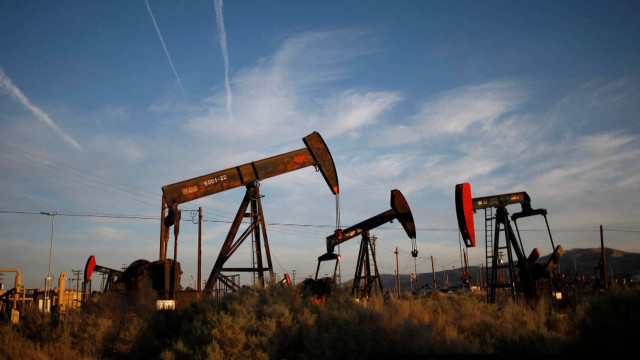
This will be the second study that will cover areas left in the first assessment. PHOTO: AFP
The first study was conducted by the US Agency for International Development (USAID), but it did not cover some areas of Balochistan, Sindh and Khyber-Pakhtunkhwa.
Pakistan has accepted the offer for the second study for which the US will bear the entire cost.
Pakistan and the US have held a couple of meetings on forging cooperation in the energy sector over the past few years. The first huddle was held in 2014 which was followed by another meeting in April 2015.
Exploration: OGDCL attempting to meet energy needs
The third meeting of the series was held in Washington recently where the US expressed interest in conducting the second study to evaluate shale oil and gas deposits in Pakistan.
In the first assessment, USAID estimates showed that Pakistan had massive deposits of 10,159 trillion cubic feet of shale gas and 2.3 trillion barrels of shale oil - figures that were several times higher than those released by the US Energy Information Administration (EIA).
The USAID further revealed that risked technically recoverable resources were 95 trillion cubic feet of shale gas and 14 billion barrels of shale oil.
According to EIA assessment in April 2011, Pakistan had 206 trillion cubic feet of shale gas in the lower Indus Basin, of which 51 trillion cubic feet were recoverable.
However, in June 2013, it revised the estimate upwards to 586 trillion cubic feet, of which 105 trillion cubic feet were technically recoverable.
Apart from gas, the EIA also saw the presence of 9.1 billion barrels of shale oil that were technically recoverable out of estimated deposits of 227 billion barrels. In the first study, the USAID collected data of 1,611 wells and undertook shale formation of 1,312 wells through drilling. It used 70% of data to prepare the study and sent samples to the New Tech Laboratory in Houston for assessment.
First shipment of US natural gas to EU arrives
Though the technology is available in advanced countries for tapping the shale reserves, environmental concerns, requirement of a huge quantity of water and a high cost of drilling are the real challenges.
A well requires 3 to 8 million barrels of water. Pakistan has water supplies, but the real issue is its disposal.
Estimates suggest shale gas will cost $10 per million British thermal units, which will come down with the increase in recovery of untapped reserves.
The government will frame a policy for shale deposits after the cost of drilling is determined and the second study is conducted.
Published in The Express Tribune, May 29th, 2016.
Like Business on Facebook, follow @TribuneBiz on Twitter to stay informed and join in the conversation.


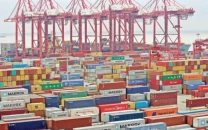
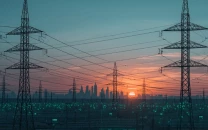
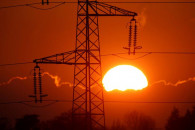

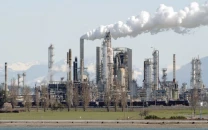












COMMENTS
Comments are moderated and generally will be posted if they are on-topic and not abusive.
For more information, please see our Comments FAQ